News
-
 Animals
AnimalsSame math describes relationship between diverse predators and prey
From lions to plankton, predators have about the same relationship to the amount of prey, a big-scale ecology study predicts.
By Susan Milius -
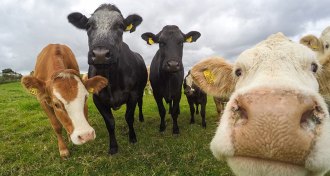 Health & Medicine
Health & MedicineHow farm life can prevent allergies
Farm dust prevents allergies by turning on an anti-inflammatory enzyme in the cells lining mice’s lungs.
By Meghan Rosen -
 Anthropology
AnthropologyAncient pottery maps route to South Pacific
New Guinea pottery points to a key meeting of island natives and seafarers at least 3,000 years ago.
By Bruce Bower -
 Life
LifeUnhelpful adaptations can speed up evolution
Unhelpful changes in gene activity stimulate natural selection.
-
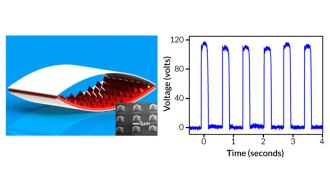 Materials Science
Materials ScienceNanogenerators harvest body’s energy to power devices
Nanogenerators offer body-harvested energy to fuel bionic future
By Beth Mole -
 Astronomy
AstronomyNearby quasar may be home to dynamic duo
A pair of black holes left over from a galaxy collision might live in the nearest quasar to Earth.
-
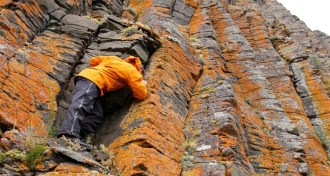 Earth
EarthVolcanic activity convicted in Permian extinction
Precision dating confirms that Siberian volcanic eruptions could have triggered the Permian extinction.
-
 Quantum Physics
Quantum PhysicsNew experiment verifies quantum spookiness
A new experiment provides the most robust proof that quantum mechanics doesn’t follow the rules we take for granted in everyday life.
By Andrew Grant -
 Animals
AnimalsDecoy switches frogs’ mating call preference
A female túngara frog may switch her choice between two prospective mates when presented with a third, least attractive option.
-
 Health & Medicine
Health & MedicineVaccinated man excretes live poliovirus for nearly 3 decades
For almost 30 years, a man with an immune deficiency has been shedding poliovirus strains that have evolved from the version he received in a vaccine.
-
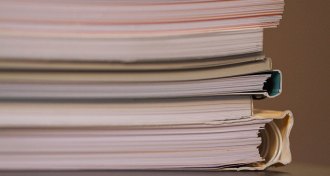 Psychology
PsychologyPsychology results evaporate upon further review
Less than half of psychology findings get reproduced on second tries, a study finds.
By Bruce Bower -
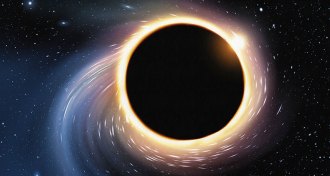 Physics
PhysicsHawking proposes solution to black hole problem
Light sliding along the boundary of a black hole encodes everything that ever fell inside, suggests Stephen Hawking in a new but incomplete proposal.
By Andrew Grant